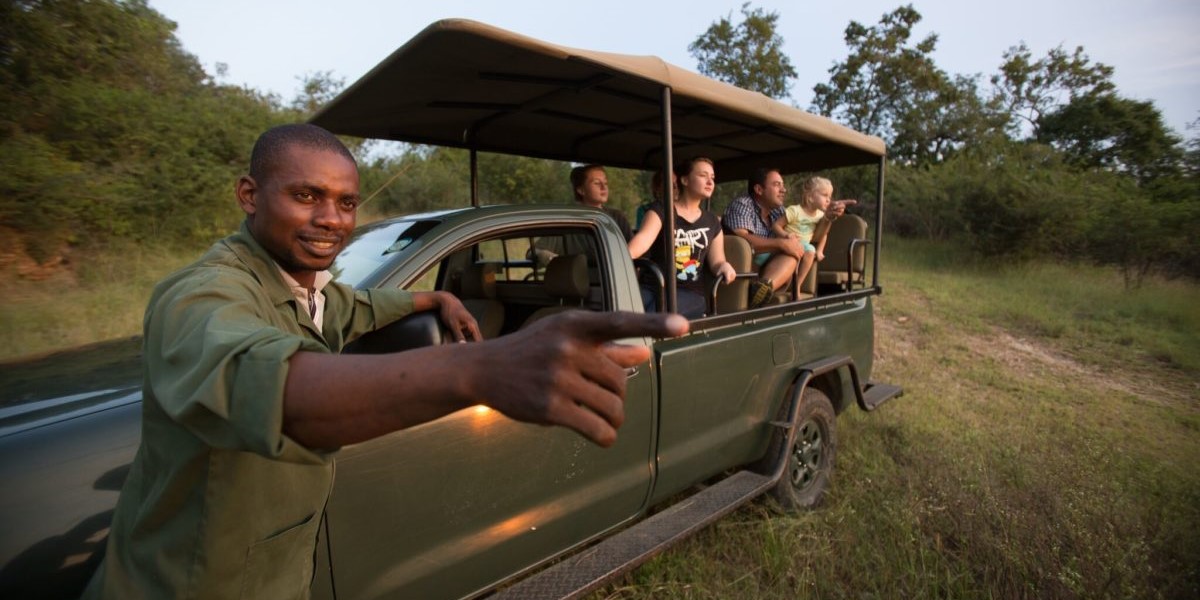Sri Lanka’s tourism industry faces significant challenges due to a fragmented tour guide sector, threatening the country’s ability to meet its target of attracting five million visitors by 2030. A recent study by the Sri Lanka Tourism Development Authority (SLTDA) found that 23% of the country’s 6,347 tour guides are operating without proper licenses, highlighting the need for stricter regulation and professional recognition.
At the study’s launch event, held at the Sri Lanka Institute of Hotel Management (SLITHM), SLTDA Chairman Priyantha Fernando emphasized the importance of enhancing the skills of local tour guides. He noted that they are integral to the country’s tourism strategy and key to improving the overall visitor experience.
The research, conducted through surveys and interviews with over 1,000 stakeholders, including hoteliers, international tourists, and small businesses, revealed several critical insights. One of the main findings showed that Sri Lanka’s tour guide workforce is highly segmented, comprising national guides (32%), chauffeur guides (25%), site guides (4%), and area guides (18%).
Low female representation in the profession, standing at just 3%, was also flagged as a concern, prompting calls for greater gender inclusivity.
With projections showing that 40% of incoming tourists would opt for guided tours, the country is expected to require at least 6,400 licensed guides by 2030. To meet these demands, the study made several key recommendations to streamline the licensing process and elevate the recognition of tour guide credentials within the industry.
Among the proposed solutions were career development initiatives such as Continuing Professional Development (CPD) programs and increased support for freelance or volunteer guides. These steps are seen as crucial to attracting younger talent while also retaining older, experienced guides, who currently make up a quarter of the workforce.
Additionally, the study suggested aligning tour guide training with global tourism trends and encouraging multilingualism. It recommended collaboration with local universities to integrate languages such as Russian, German, French, and Chinese into the training curriculum, alongside English, to cater to Sri Lanka’s key visitor markets.
On a positive note, the study highlighted the high levels of satisfaction among tourists regarding their experiences in Sri Lanka, attributing this largely to the professionalism and dedication of the country’s tour guides.
By addressing the challenges and implementing the proposed recommendations, Sri Lanka aims to fortify its tour guide sector, ensuring a sustainable and thriving tourism industry for the future.


